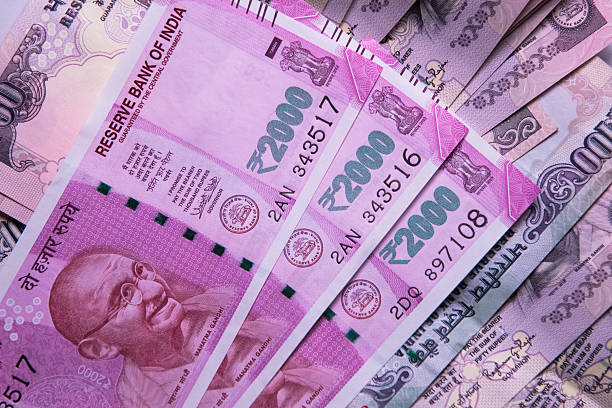Banning 2000 Rupees: In a significant step towards curbing black money and counterfeit currency, the Reserve Bank of India (RBI) announced the withdrawal of Rs 2000 notes on May 1, 2023. These high-value notes, introduced in 2016 post the demonetization of Rs 500 and Rs 1000 notes, had become a major concern for the Indian economy due to their association with illicit activities. In this blog post, we’ll delve into the reasons behind this bold move and the impact it had on the nation.
The Problem with Rs 2000 Notes
The decision to phase out the Rs 2000 notes stemmed from several pressing concerns:
1. Black Money:
Black money, income not reported to authorities and often used for illegal activities, found a comfortable home in these high-value notes. Their large denominations made them convenient for hoarding and transporting without detection.
2. Counterfeit Currency:
Counterfeit currency, fake money printed and circulated by criminals, was on the rise, and Rs 2000 notes were a favorite target due to their perceived ease of duplication and forgery.
3. Loss of Utility:
The popularity of lower denominations for everyday transactions made the Rs 2000 notes less practical as a medium of exchange, contributing to their diminishing relevance.
The RBI’s Deadline and Consequences
The RBI gave the public until June 30, 2023, to deposit or exchange their Rs 2000 notes in banks or post offices. After this date, the notes ceased to be legal tender, and anyone found possessing them became liable for prosecution. The RBI reassured the public that an ample supply of other denominations, such as Rs 500, Rs 200, Rs 100, Rs 50, Rs 20, and Rs 10, was available to meet their needs.
The Impact on the Economy
The RBI’s decision had far-reaching effects on India’s economy and society:
1. Deposits and Destruction:
According to the RBI’s annual report for 2023-24, the central bank received back 93% of the Rs 2000 notes that were withdrawn from circulation. Most notes were deposited in banks, while some were exchanged for other denominations. The RBI, to remove these notes from circulation, destroyed approximately 1.5 billion pieces of Rs 2000 notes, equivalent to about Rs 3 trillion in value.
2. Reduced Cash Dependency:
The move contributed to a decrease in the cash-to-GDP ratio, from 12% in March 2023 to 10.5% in March 2024. This shift towards digital payments and formal banking channels indicated progress in India’s financial landscape.
3. Enhanced Compliance and Security:
By curbing black money and counterfeit currency, the decision bolstered tax compliance and national security. It aligned with the government’s efforts to foster a transparent and accountable financial system.
The RBI’s decision to withdraw the Rs 2000 notes was a pivotal moment in India’s economic history. It was a bold step towards enhancing transparency, reducing illicit financial activities, and promoting digital payments. As the nation transitioned to a cash-light economy, this move signified a commitment to a more secure and accountable financial future for India.












